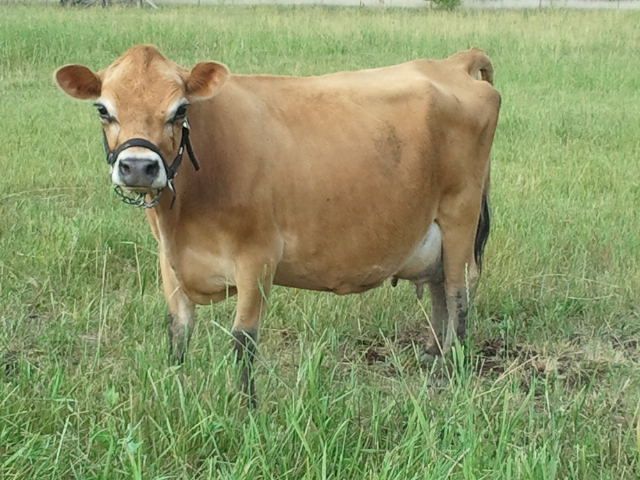Value addition for 'Mukombero plant' into a ready to drink juice will enable consumers to take the root without fear of any dangers that may come as a result of chewing it in its raw form
The Kenya Industrial Research and Development Institute (KIRDI) has developed juice from the famous ‘Mukombero Plant’ commonly found in western Kenya. The move is expected to provide market for smallholder farmers of the plant who will surely find market for the plant.
While it doesn’t look like your ordinary juice, the product success is as a result of research efforts from the institute who believe Kenyans are chewing the plant to extinction. The juice was on display at the 2017 Nairobi International Trade Fair which was held at Jamhuri grounds, Nairobi.
READ ALSO: Medicinal Juice from trees can treat over 300 diseases
“Due to its wide spread utilization, the plant has actually become extinct in parts of Central Kenya and it is almost being extinct where it is still left in western Kenya, so we are working with stakeholders and communities to grow the root to ensure constant supply” says Bitutu Nyambane, a Research Scientist at KIRDI.
According to KIRDI, value addition of this plant which has commonly been hawked in the streets of Kakamega town, will enable consumers to take the root without fear of any dangers that may come as a result of chewing it in its raw form.
READ ALSO: Farmer quenches locals' thirst with weed juice
“The plant has energy promoting benefits, increases appetite and also tends to improve sleep, it can also relieve pain and act as a mouth freshener” adds Nyambane.
Value addition has also enhanced the nutritional benefits of the plant with KIRDI planning to have several varieties of the juice including Ginger & lemon. The research institute also plans to incorporate ‘mukombero’ into other juices like the mango and orange drinks.
READ ALSO: Kenyan middle class drives fresh juice processing
The juice which is yet to be officially rolled out into the market comes in 300ml bottles which KIRDI says will retail at an average of 70 shillings.
Write comment (0 Comments)



















